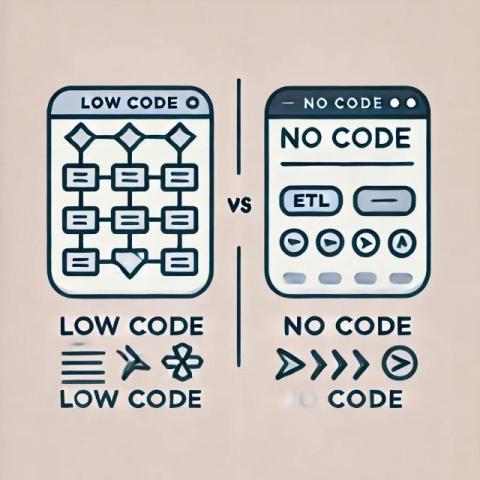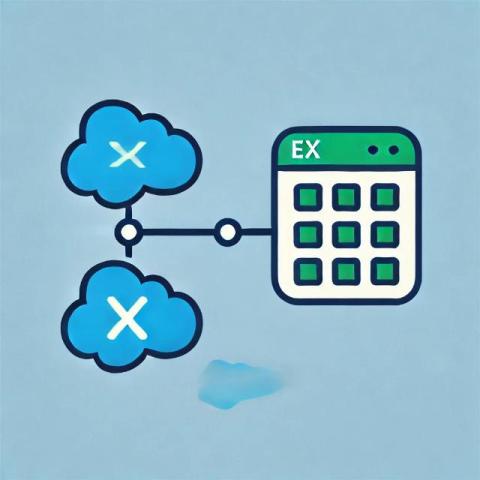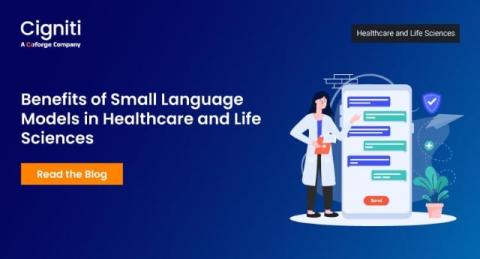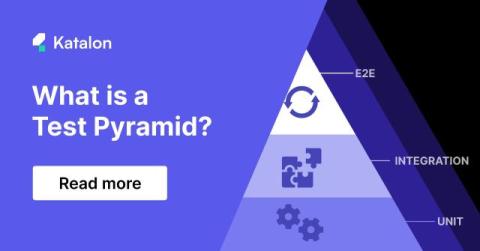Next-Gen QA: How Cloud Mobile Testing is Shaping the Future
As the mobile app market continues to expand, the demand for robust and efficient testing solutions has never been greater. Traditional testing methods are proving inadequate in addressing the complexities and speed requirements of modern mobile applications. This blog explores how cloud mobile testing is transforming quality assurance (QA) in the mobile era, offering scalable, flexible, and cost-effective solutions that meet the demands of today’s fast-paced development environments.











